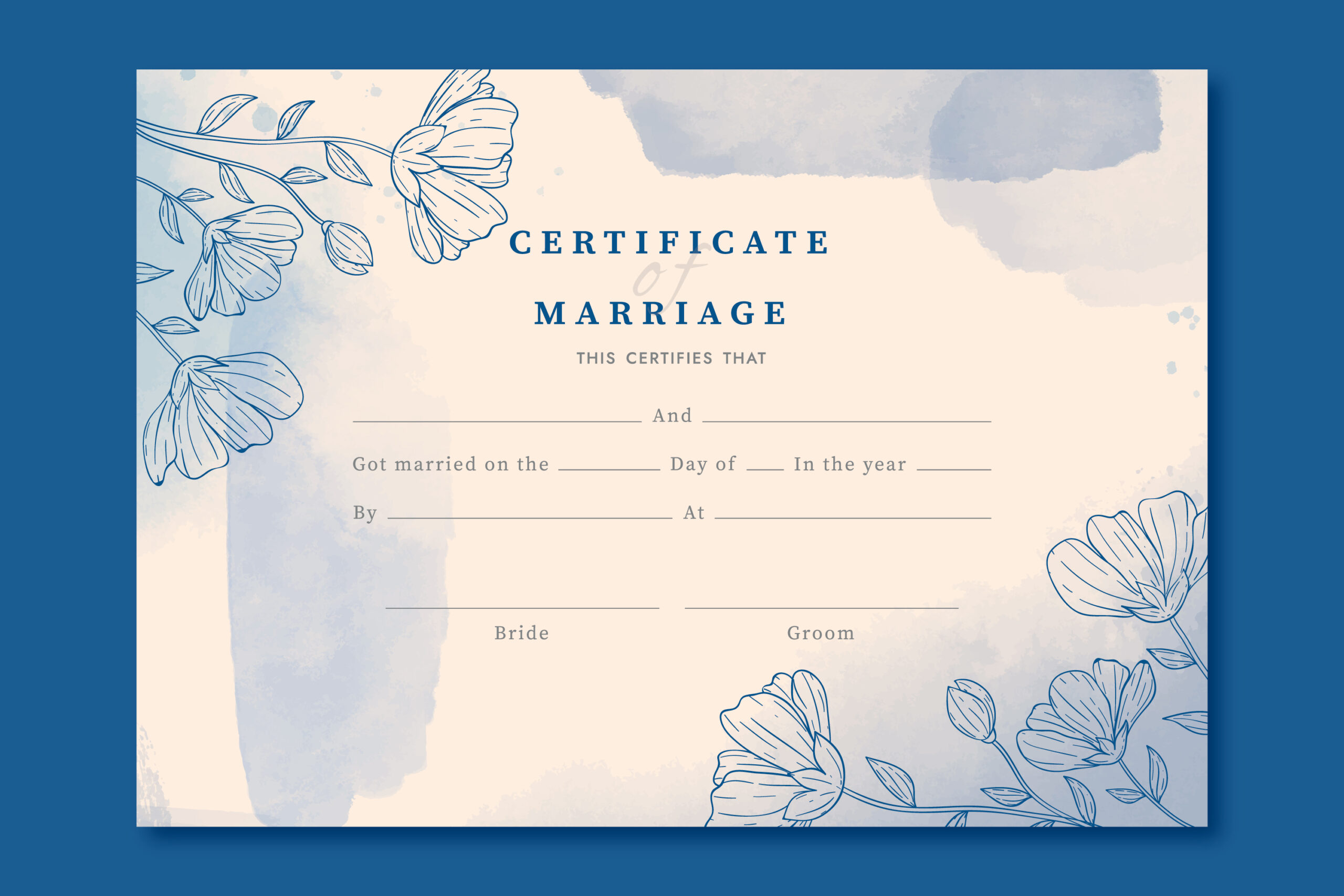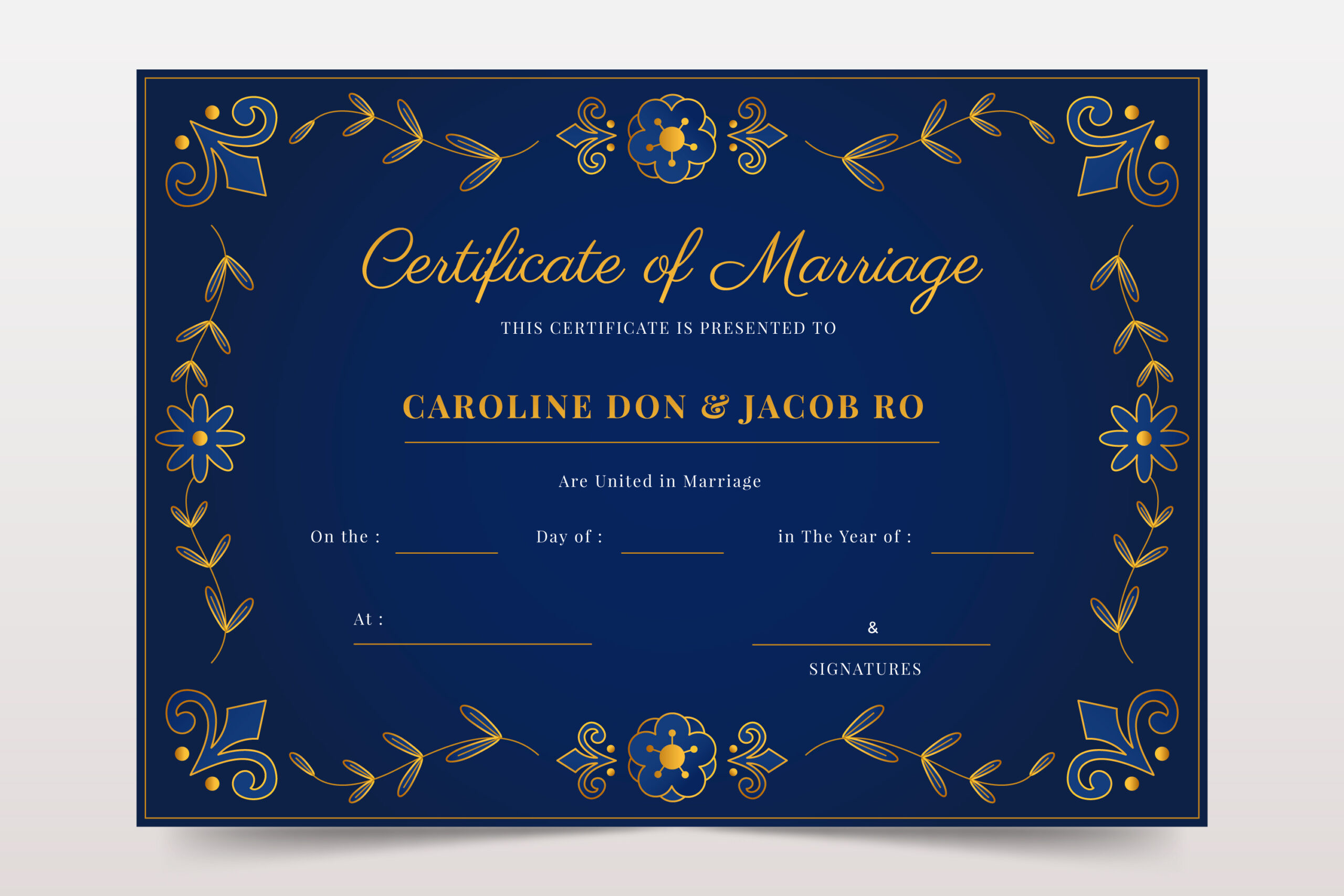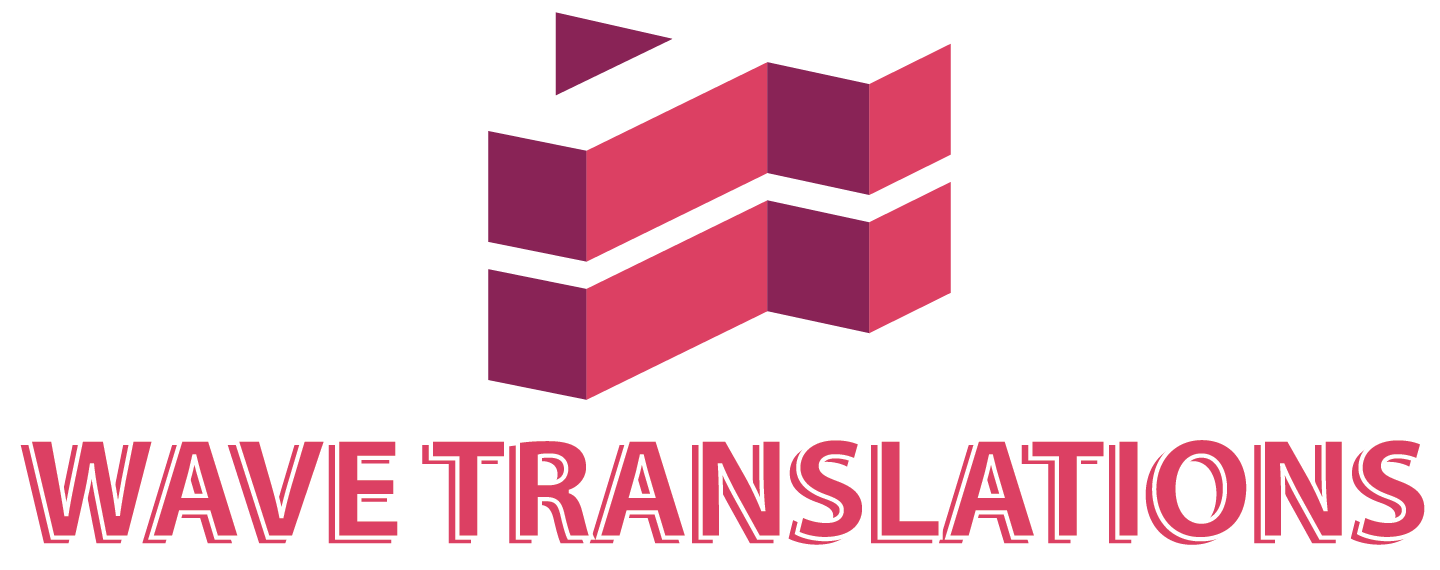In today’s interconnected world, the need to translate official documents like marriage certificate translation has become increasingly common. Whether it’s for immigration, legal proceedings, or simply updating personal records across borders, an accurately translated marriage certificate is essential.
Why You Might Need to Translate a Marriage Certificate
A marriage certificate is an important legal document that proves the union between two individuals. When dealing with international matters, translating this document into another language becomes necessary for various reasons. Here are the most common situations where a translated marriage certificate is required:
Immigration Applications
When someone applies for a visa, permanent residency, or citizenship in a country where the official language differs from their own, immigration authorities often request a translated marriage certificate. This document verifies the authenticity of the marriage, a key factor in spousal visa applications or family reunification processes. For example, if a couple from Spain moves to Canada, Immigration, Refugees and Citizenship Canada (IRCC) will require a marriage certificate translation into English or French.
Legal Proceedings
Legal cases such as divorce, child custody disputes, or inheritance claims in a foreign country may require a translated marriage certificate. Courts need to understand the marital status and details of the union to proceed fairly, in such cases court requires wedding interpreters during registration of marriages. If a person from Japan is involved in a divorce case in the United Kingdom, they must provide a translated certificate to meet British legal requirements.
Government Registrations
Relocating to a new country often involves registering a marriage with local authorities to ensure it’s legally recognized. This process typically requires a translated marriage certificate. Countries like Germany, mandate that foreign marriages be recorded with a translated document to update civil registries.
Name Changes
Changing a surname after marriage is a common practice, but if the original certificate is in a foreign language, government agencies may demand a marriage certificate translation. This ensures the name change is properly documented.
Insurance and Financial Documentation
Cross-border financial matters, such as insurance claims, property transfers, or wills, sometimes require a marriage certificate. If the document isn’t in the local language, a certified translation is necessary.
What is Involved in Marriage Certificate Translation
Translating a marriage certificate isn’t just about swapping words from one language to another—it’s a detailed process that requires precision and adherence to legal standards.
Accuracy and Faithfulness to the Original
Accuracy is the foundation of a good translation. Every detail—names, dates, locations, and official seals—must match the original certificate exactly. Even a small mistake, like a misspelled name or wrong date, can cause significant issues, especially in immigration or legal contexts. For example, if “Maria Gonzalez” is translated as “Marie Gonzales,” it could lead to identity verification problems.
Certified Translation
Most official institutions require a certified marriage certificate translation, which includes a signed statement from the translator or agency confirming the translation’s accuracy and completeness. This certification assures authorities that the document is trustworthy. For instance, when submitting a marriage certificate to U.S. Citizenship and Immigration Services (USCIS), a certified translation is mandatory alongside the original.
Notarization and Legalization
Some situations call for a notarized translation, where the translator swears its accuracy before a notary public, who then certifies their identity. This extra step is common for legal proceedings or specific government requirements. Additionally, for international use, the document might need legalization or an apostille—a process where a government official verifies its authenticity. Countries part of the Hague Apostille Convention, like the Netherlands, often require this for foreign documents.
Consistent Formatting
Marriage certificates often feature unique layouts with stamps, signatures, and seals. The translated version should mirror this formatting to avoid confusion or rejection. If the original has a registrar’s stamp in the bottom right corner, the marriage certificate translation should note its presence and location. This attention to detail ensures the document retains its official appearance.
Legal Terminology
Marriage certificates contain legal terms like “registrar,” “officiant,” or “witness,” which must be translated correctly. Translators need expertise in legal language for both the source and target languages to maintain the document’s integrity.
These elements make marriage certificate translation a specialized task that goes beyond basic language skills. Professionalism is key to meeting official standards.

Steps For Marriage Certificate Translation
Step 1: Choose a Professional Translation Service
The process begins with selecting a reputable translation provider experienced in legal document translation. Avoid using friends, family, or online tools like Google Translate, as they lack the certification and accuracy required. A professional marriage certificate translation service ensures compliance with legal standards.
Step 2: Submit Your Original Document
The translator needs a clear, readable copy of the original marriage certificate. A high-quality scan is usually sufficient, but some institutions may require a physical copy. Check with the requesting authority to confirm their preferences.
Step 3: Request Certification or Notarization if Necessary
Specify whether a certified or notarized translation is needed. Immigration offices typically require certification, while courts might demand notarization. Wave Translations can provide both, ensuring the document meets all requirements. If legalization or an apostille is needed, mention this upfront, as it involves additional steps.
Step 4: Review the Translation
Once the translation is complete, the individual should review it carefully. Check that names, dates, and other details match the original, and ensure the formatting aligns. If possible, have someone fluent in both languages double-check it. Errors caught early can be corrected before submission, saving time and hassle.
Step 5: Submit the Translated Document
After verifying the translation, submit the translated certificate to the relevant authority along with any additional paperwork. Keep copies of both the original and the translation in case follow-up is needed. For example, when applying for a U.K. spouse visa, the translated document must accompany the application form and original certificate.
Common Mistakes to Avoid In Marriage Certificate Translation
Mistakes in marriage certificate translation can lead to rejections or legal problems. Here are pitfalls to watch out for:
Using Non-Certified Translators
Relying on an uncertified individual, even if fluent, is risky. Official bodies require translations from certified professionals to guarantee accuracy. A friend’s translation, however well-intentioned, won’t hold up in court or with immigration officials.
Neglecting Legal Terminology
Incorrectly translating legal terms can change the document’s meaning. For example, confusing “marriage” with “partnership” could affect its validity. Professional translators understand these nuances and use the right terms.
Incorrect Formatting
If the translated document does not reflect the original’s layout—such as missing stamp notations—it may be rejected. Consistency in formatting is crucial for official acceptance.
Omitting Certification or Notarization
Skipping certification or notarization when required can render the translation invalid. Always confirm the institution’s rules to avoid this error. For example, some U.S. states require notarized translations for court use.
Avoiding these mistakes ensures the translated marriage certificate meets all necessary standards and serves its purpose effectively.

How Wave Translations Can Help You In Marriage Certificate Translation
Wave Translations stands out as a trusted partner for marriage certificate translation. Our expertise and services make the process seamless and reliable. Here’s what we offer:
Certified Translators
Wave Translations employs certified professionals and sworn translators skilled in legal document translation. Our team ensures every detail is accurate and meets official requirements, giving clients peace of mind.
Notarization Services
For cases requiring extra verification, Wave Translations provides notarized translations. This service is ideal for legal proceedings or specific government demands, ensuring full compliance.
Fast Turnaround
Time is often critical in immigration or legal matters. Wave Translations delivers quick, high-quality translations without sacrificing precision, helping clients meet tight deadlines.
Global Reach
Wave Translations offers services recognized worldwide, whether the certificate is needed in the U.S., Europe, Asia, or beyond. We tailor our translations to meet international standards.
Conclusion
Translating a marriage certificate accurately is a vital step for anyone navigating immigration, legal, or administrative processes across borders. Ensuring the document is accepted by authorities requires precision, legal knowledge, and professional handling. This guide outlines everything necessary for success, from understanding why a translation is needed to avoiding common pitfalls.
Wave Translations offers the expertise and reliability needed to translate marriage certificates effectively. With certified translators, notarization options, and a commitment to quality, we ensure every translation meets legal and administrative standards. For anyone needing a “certified translation” or “notarized translation” of their marriage certificate, Wave Translations is the go-to solution.
Don’t leave your important documents to chance. Contact Wave Translations today for a professional marriage certificate translation and let their team handle your translation needs with care and expertise.
Frequently Asked Question
Why do I need to translate my marriage certificate?
A marriage certificate is often required for legal or official purposes like immigration, name changes, or legal proceedings. When dealing with authorities in countries that don’t speak the language of your original certificate, a marriage certificate translation is necessary for the document to be recognized.
When is a translated marriage certificate required?
A marriage certificate translation is required for various reasons including immigration applications, legal proceedings like divorce or inheritance claims, government registrations, name changes, and financial matters such as insurance or property transactions.
What is a certified translation of a marriage certificate?
A marriage certificate translation is a translation that includes a signed statement from the translator or translation agency affirming that the translation is accurate and complete. It’s typically required for official use, such as visa applications or legal cases.
What makes marriage certificate translation different from general translation?
Marriage certificate translation requires strict accuracy, adherence to legal terminology, and consistent formatting to match the original document. The translation must include all legal seals, stamps, and signatures to ensure it’s accepted by official authorities.
Can I translate my marriage certificate myself?
While you can translate your marriage certificate yourself, most official institutions require the translation to be done by a certified translator. Using an uncertified translator can result in the rejection of your document or delays in processing.
What is notarization, and is it necessary for marriage certificate translation?
Notarization involves a notary public certifying the identity of the translator and the authenticity of the translation. This step may be required for legal proceedings or in countries with specific regulations for foreign documents. Always check the requirements of the institution requesting the translation.
Do I need an apostille or legalization for my translated marriage certificate?
Some countries may require your translated marriage certificate to be legalized or carry an apostille to verify its authenticity. This is often necessary for international use, especially in countries that are part of the Hague Apostille Convention.
How long does it take to translate a marriage certificate?
The marriage certificate translation time depends on the complexity of the document and the service provider. Typically, it takes a few days, but for urgent cases, professional translation services often offer expedited services to meet tight deadlines.
What happens if there’s an error in the translation of my marriage certificate?
An error in the marriage certificate translation, such as incorrect names, dates, or legal terms, can lead to delays or rejection of your document. It’s crucial to choose a professional translator with expertise in legal translations to ensure accuracy and avoid mistakes.
How can Wave Translations help with my marriage certificate translation?
Wave Translations offers certified translation services with a team of experienced professionals who understand the legal requirements for marriage certificates. We provide notarization and apostille services when needed, ensuring that your translation meets the necessary standards for official use in any country.

